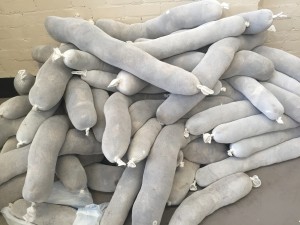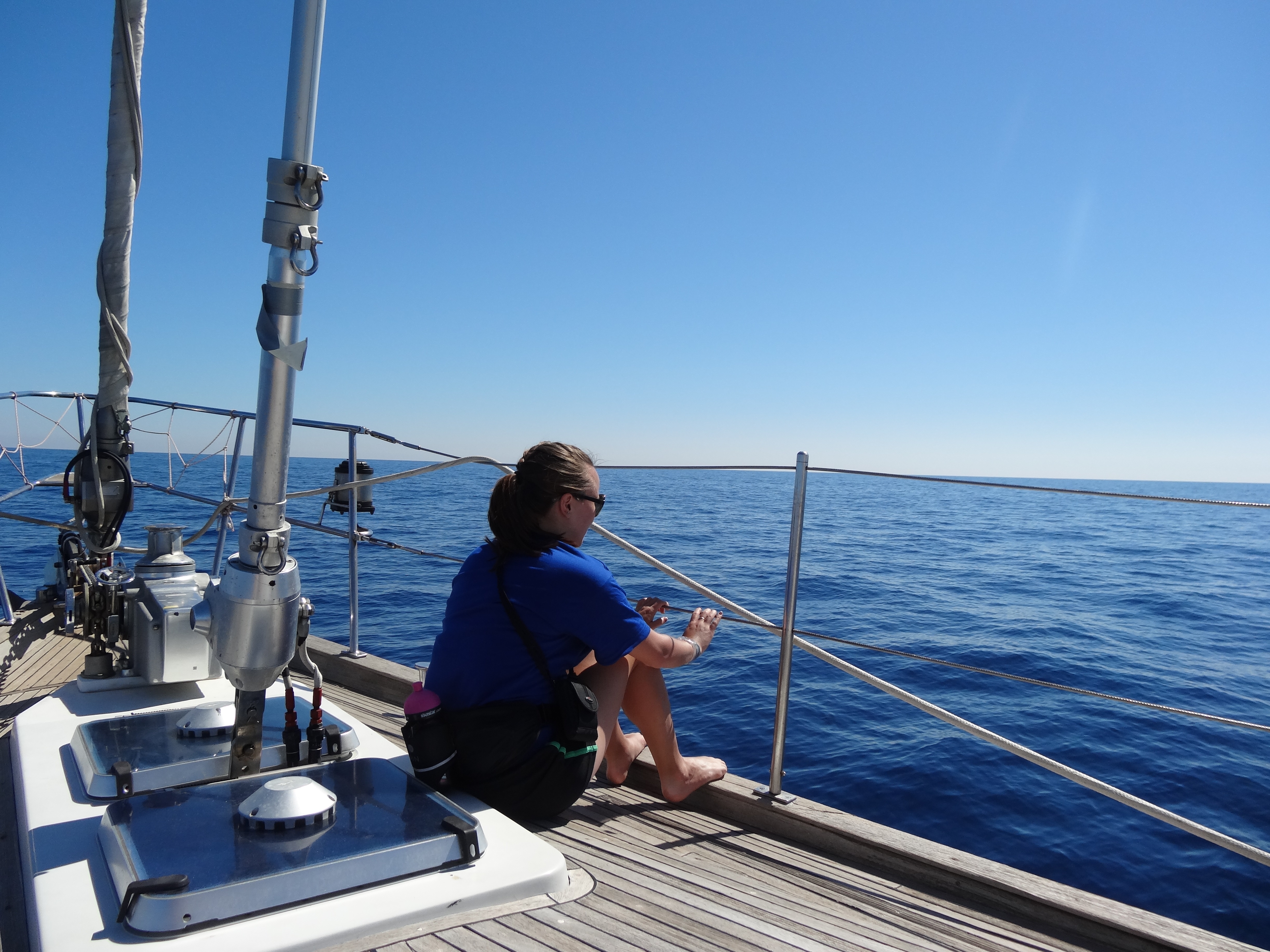Hairy Tale #1 - The Environment Needs a Hair Boom --- Here at SSA we love to think of every environmentally friendly act as an act of kindness, but also as a contribution to creating our very own fairy tale. The salon industry itself creates a lot of waste that needs to be diverted from landfills and it can be done if waste, such as chopped hair is considered as a resource not just trash. Seeing so many wonderful people make the big chop for charity and donate hair to greater causes has inspired us to write our new series of Hairy Tales. We are dedicating the first story to Rebecca. Who is she? What does she do? What is her hairy tale? Rebecca is a science student at the University of Technology Sydney (UTS), with a combined Bachelor of Science in Environmental Biology and Bachelor of Arts in International Studies at UTS degree. From the very start she was environmentally oriented, volunteering at a botanic garden in the Swiss Alps, at a marine research vessel in the Pelagos Sanctuary and working for a recycling company as a part of the NSW EPA Bin Trim Program. We get first-hand information from Rebecca, regarding how hair can be used as a renewable resource and why.
Hair for Oil Spills
Although there are existent solutions for cleaning up oil spills, such as highly-effective dispersants, the Australian Maritime Safety Authority has a full list of other agents that are considered acceptable for use in Australia. But this raises the question whether they are as environmentally friendly as they are effective, as well as whether there are alternative solutions that might be more sustainable. After the Deepwater Horizon Disaster in 2010, the use of dispersants has been under the watchful eye of scientists. Although dispersants have shown as highly effective for cleaning up oil spills, the costs and certain harmful factors directed scientists to look for other alternatives. After this, the search for different remediation products made from natural materials began which is what leads us to hair booms. 
Hair Booms 101
What is the deal with hair booms? They are actually a powerful combination of two aspects that each play a role on its own, but only together give amazing results. Hair is a type of a natural sorbent, which means it can adsorb oil, removing it from the environment. On the other hand, booms are barriers that are designed to contain already spilled oil and prevent it from spreading further. Therefore, this combination achieves soaking in and containment of the oil spilled, killing two birds with one stone. 
Passion for Sustainability
After meeting with the Sustainable Salons team, Rebecca was immediately inspired to do research on hair booms, as opposed to the common theoretical or academic subjects. The connection with a local business that is enthusiastic about improving the salon industry led her to contribute to the cause in her very own way, doing something she knows best – research. Sustainable Salons Australia supports Rebecca and UTS in their research for innovative sustainable methods by providing collected hair clippings as well as any other additional resources necessary for the research. She has been awarded one of three PESA NSW Tertiary Institution Study Grants that will assist her with costs of laboratory and field work, reference materials and research project equipment and supplies. This will enable her to further research the benefits of hair booms, and to aid her in finding environmentally friendly solutions.
Goal of the Research
The ultimate goal is to compare existing sorbent booms with hair booms to conclude how well each works, and whether hair booms are safe for the environment. The end goal being, to get the final verdict whether hair booms are the greenest choice for the marine environment. Next time, remember, when you’re doing the chop, your ponytails are not just a hope for a better future. Each chop represents an idea or desire that is brought to action, and each strand brings us all closer to a very green happily ever after. A chop for a boom doesn’t seem like a bad trade, does it?



